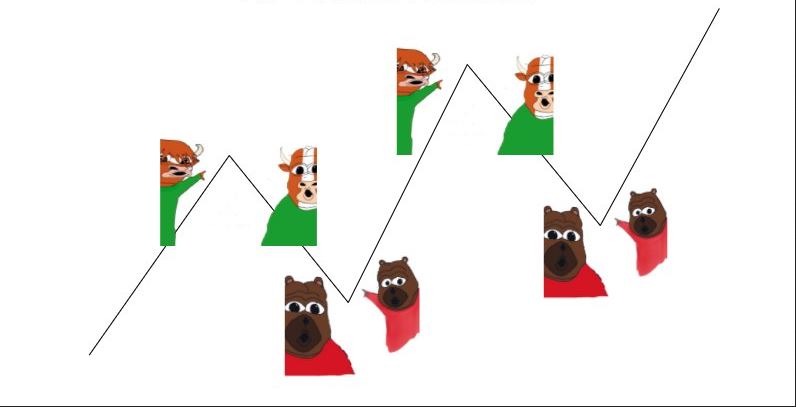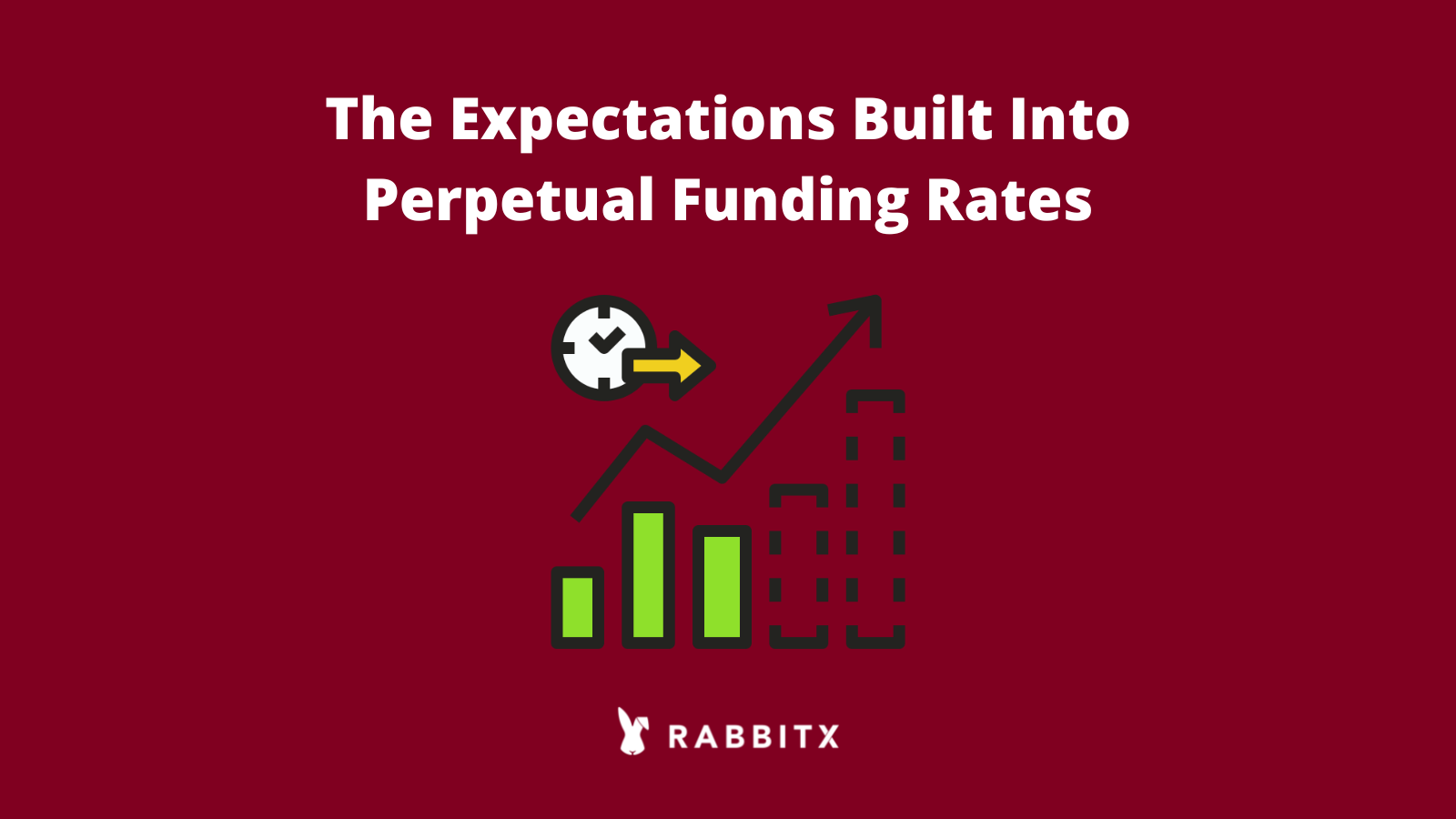Perpetual futures first made their appearance on BitMEX in 2016. Like futures, perpetuals allow traders to speculate on future price movements of the underlying asset they track. However unlike futures, they never expire. What keeps the price of traditional futures close to the price of the underlying is that upon expiration, that contract must deliver the underlying asset it tracks. As expiration draws near, the futures price converges with spot price.

With no expiration, what causes the price of a perpetual contract to anchor itself to the underlying? The funding rate.
If the price of the perpetual is above the price of spot, the funding rate is positive, and longs must pay shorts a fluctuating market rate to maintain their long positions. If the perpetual price is below spot, then the funding rate is negative, and shorts must pay longs. The more disconnected from spot the perpetual becomes, the larger this funding rate payment.

This funding rate mechanism keeps perpetuals moored to their spot underlying. But there is also trading information you can observe in these interest rates.
The most common way to interpret funding rates is as an overbought/oversold indicator. For example: if funding rates across crypto are negative, that means the market is collectively skewed short and shorts must pay those funding rates (sometimes as often as hourly). Eventually that gets expensive, and the larger the negative funding rates, the more the market is too concentrated in one bearish direction, and the more likely that means a short-term rally to the upside is likely. The same could be said if funding rates are very positive across the board; this representing an “overbought” scenario where downside reversion is likely.
However, there’s embedded information in that funding rate that’s often overlooked.
If BTC funding rates are positive, and you’re long the perpetual, that means you expect BTC to continue to rise more than the funding rate being charged to you. That implies there’s an embedded market expectation that BTC’s price should be up the same amount during that funding period. For example: if the BTC funding rate on FTX is .003% (settled hourly), then this suggests BTC’s price on FTX should be .003% higher an hour later.
However, funding rates are a lagging indicator and this embedded expectation isn’t always reality, so how can we test to see if the funding rate is balanced, or if the perpetual market has gotten ahead of itself and a mean reversion is likely?
If we take averages of the funding rate and of the market return during the same time period, we can get an idea if the two are aligned and the funding rate represents a fair price movement expectation and the market will continue to trend, or whether funding costs are ahead of price and the market’s directionality will likely unwind. If price isn’t keeping up with funding costs, being wrong will start to get expensive for those paying the funding rate and you should see perp and spot converge.
Follow at @BackTheBunny
Check out another one of our popular posts --> All ZK Rollups Aren’t Created Equally



Comments are closed!